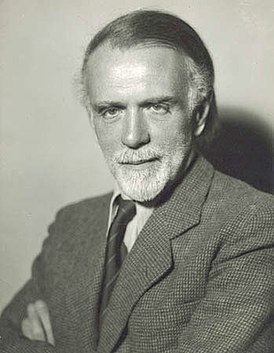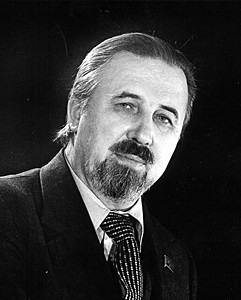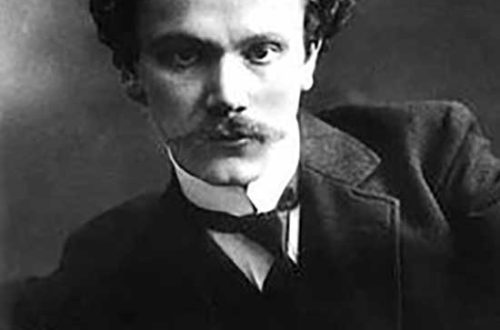
Золтан Кодай (Zoltan Kodály) |
Zoltán Kodály
His art occupies a special place in modern music due to the features that connect it with the most characteristic poetic manifestations of the Hungarian soul: heroic lyrics, oriental richness of fantasy, conciseness and discipline of expression, and most of all thanks to the exuberant flowering of melodies. B. Sabolchi
Z. Kodály, an outstanding Hungarian composer and musicologist-folklorist, deeply connected his creative and musical and social activities with the historical fate of the Hungarian people, with the struggle for the development of national culture. Many years of fruitful and versatile activity of Kodály was of great importance for the formation of the modern Hungarian school of composers. Like B. Bartok, Kodály created his composing style on the basis of the creative implementation of the most characteristic and viable traditions of Hungarian peasant folklore, combined with modern means of musical expression.
Kodai began to study music under the guidance of his mother, participated in traditional family musical evenings. In 1904 he graduated from the Budapest Academy of Music with a diploma as a composer. Kodály also received a university education (literature, aesthetics, linguistics). From 1905 he began to collect and study Hungarian folk songs. Acquaintance with Bartok turned into a strong long-term friendship and creative cooperation in the field of scientific folklore. After completing his education, Kodály traveled to Berlin and Paris (1906-07), where he studied Western European musical culture. In 1907-19. Kodály is a professor at the Budapest Academy of Music (class of theory, composition). During these years, his activities unfold in many areas: he writes music; continues the systematic collection and study of Hungarian peasant folklore, appears in the press as a musicologist and critic, and actively participates in the musical and social life of the country. In the writings of Kodaly in the 1910s. – piano and vocal cycles, quartets, chamber instrumental ensembles – organically combine the traditions of classical music, the creative implementation of the features of the Hungarian peasant folklore and modern innovations in the field of musical language. His works receive conflicting assessments from critics and the Hungarian musical community. The conservative part of listeners and critics sees in Kodai only a subversive of traditions. a daring experimenter, and only a few far-sighted musicians associate the future of the new Hungarian school of composition with his name.
During the formation of the Hungarian Republic (1919), Kodály was deputy director of the State Higher School of Musical Art named after. F. Liszt (this is how the Academy of Music was renamed); together with Bartók and E. Dohnanyi, he became a member of the Musical Directory, which aimed to transform the musical life of the country. For this activity under the Horthy regime, Kodály was persecuted and suspended for 2 years from school (he again taught composition in 1921-40). 20-30s – the heyday of Kodály’s work, he creates works that brought him world fame and recognition: “Hungarian Psalm” for choir, orchestra and soloist (1923); the opera Sekey Spinning Mill (1924, 2nd edition 1932); heroic-comic opera Hari Janos (1926). “Te Deum of the Buda Castle” for soloists, choir, organ and orchestra (1936); Concerto for orchestra (1939); “Dances from Marošsek” (1930) and “Dances from Talent” (1939) for orchestra, etc. At the same time, Kodai continued his active research activities in the field of folklore. He developed his method of mass musical education and education, the basis of which was the comprehension of folk music from an early age, absorbing it as a native musical language. The Kodály method has been widely recognized and developed not only in Hungary, but also in many other countries. He is the author of 200 books, articles, teaching aids, including the monograph Hungarian Folk Music (1937, translated into Russian). Kodály was also president of the International Council for Folk Music (1963-67).
For many years, Kodály remained creatively active. Among his works of the post-war period, the opera Zinka Panna (1948), the Symphony (1961), and the cantata Kallai Kettesh (1950) gained fame. Kodály also performed as a conductor with performances of his own works. He visited many countries, visited the USSR twice (1947, 1963).
Describing the work of Kodály, his friend and colleague Bela Bartok wrote: “These works are a confession of the Hungarian soul. Outwardly, this is explained by the fact that Kodály’s work is rooted exclusively in Hungarian folk music. The internal reason is Kodai’s boundless faith in the creative power of his people and their future.
A. Malinkovskaya





